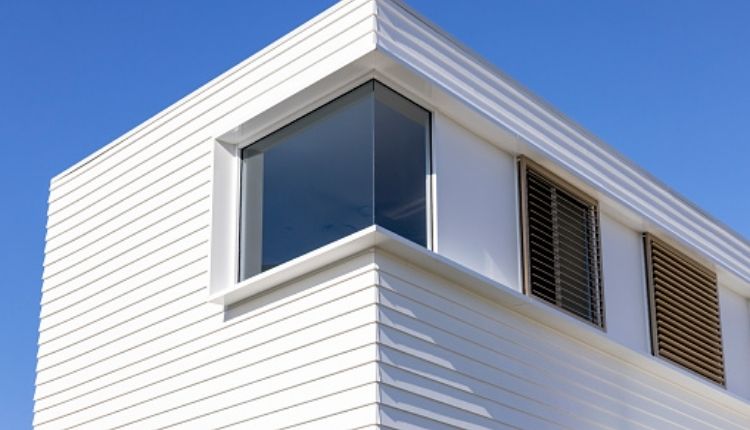Fresh cladding or new sheets can transform a tired exterior. Done well, you get cleaner lines, better weather protection, and less upkeep without endless repainting.
For a clear starting point on options, detailing, and timelines, explore Expert Cladding and Sheeting Services in Bath. Use this guide to compare proposals like for like and avoid surprises.
Cladding vs sheeting in plain English
Cladding is the protective skin that keeps out weather and shapes the look. Sheeting refers to the actual panels, often metal or composite, that form that skin. On existing buildings, overcladding adds a new layer over sound substrates to boost performance without a full strip.
When overcladding makes sense
- You need better weathering and insulation but the structure is sound
- You want to refresh the look with minimal disruption
- You plan to keep trading or living in the space during works
If you are weighing over cladding bath options, insist on a survey that checks fixings, substrate condition, and condensation risk before anyone prices the job.
Material snapshot
- Coated steel
Tough, fast to fit, wide color choices. Look for high quality coatings with documented salt and UV resistance. - Aluminium
Light, corrosion resistant, great for complex shapes. Needs the right gauge and fixing pattern for wind loads. - Composite insulated panels
Speedy installs with built in insulation and airtightness. Joint detailing is critical for long life. - Fibre cement
Stable and quietly good looking. Heavier than metal and needs careful support spacing.
For independent guidance on system choice and installation good practice, the Metal Cladding and Roofing Manufacturers Association publishes clear technical advice you can use to sanity check quotes.
Thermal and acoustic comfort
A warmer envelope saves energy and softens outside noise. Ask for a simple section drawing that shows insulation thickness, vapour control layers, and how joints are sealed. Continuity at corners and openings matters more than headline numbers in a brochure.
Moisture control and ventilation
Condensation is the enemy of long life. Your design should show airflow paths where needed, sealed penetrations, and correctly specified breather membranes. Small decisions at eaves, parapets, and penetrations prevent big problems later.
Fixings and flashings decide the finish
Neat lines come from the details you barely notice. Specify fasteners that match the panel material, color-matched heads, and tested seals. Flashings should be rigid enough to stay crisp and allow for thermal movement.
Safety and legacy materials
If a survey hints at old asbestos cement sheets on outbuildings, do not cut or remove them yourself. Use specialists and get the process in writing. The Asbestos Removal Contractors Association explains why licensed handling, packaging, and disposal protects people and shortens downtime.
Your quote checklist
- Named panel systems, thicknesses, and coatings
- Insulation type and calculated thermal performance
- Fixing layout, bracket types, and structural checks
- Flashings, sealants, fire breaks, and ventilation details
- Waste removal, access, and weather contingencies
- Product and workmanship warranties with clear terms
If your brief leans toward roof sheeting Bath, compare lifespans, coating warranties, and how each installer handles penetrations for vents, skylights, and solar cabling. That is where many leaks begin!
Conclusion
Choose the system that suits how you use the space, not just the cheapest line on a spreadsheet. Get the spec in writing, ask for drawings, and pick a team known for tidy detailing. The result is a tougher, quieter exterior that looks sharp for years.

